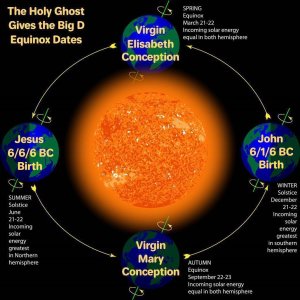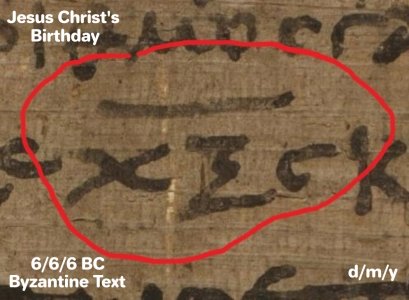CaffeineJunkie
Chieftain
- Joined
- Jul 24, 2023
- Messages
- 38
While this is a common belief amongst internet atheists, there's very little if any historical evidence to support it. That's not to say that there was absolutely no influence from the cultural milieu in which Christianity developed, but the idea that they were just rebranded pagan events is a pretty baseless claim.
Christmas is a repainted Yule, complete with presents getting left in footwear, an 8-legged horse that became the basis for Santa's 8 reindeer, and evergreen trees being cut down and taken into people's homes. There are too many similarities for them to be coincidental.
Easter is based on a Jewish festival, not a pagan one.
Eostre is a Germanic pagan goddess that the holiday of Easter is named after, though I think the bunnies and dyed eggs have a different source.
Nazareth is referred to frequently in the Gospels, which were certainly written well before that date
Ah, that's news to me. I'll concede the point on Nazareth.





